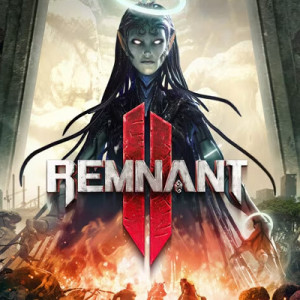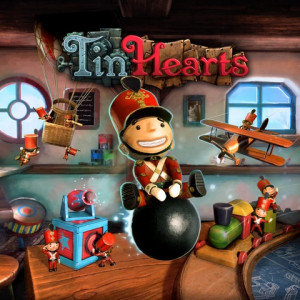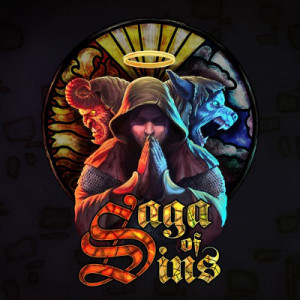Careful researching this one, folks, there's some real NSFW stuff out there.
God, this is a weird one to figure out.
So, uh, hey, I'm not kidding with that NSFW warning on the tagline, by the way. I've tried to use the least cheesecake-filled screenshots in this review, but there’s a lot of stuff you could stumble on. This game is riding the fanservice train all the way to the trainyard.
Okay, warning out of the way, let's talk actual game.
 So, SNK Heroines: Tag Team Frenzy is a fighting game. It's also a cheesecake fanservice game, and a casual-friendly fighting game.
So, SNK Heroines: Tag Team Frenzy is a fighting game. It's also a cheesecake fanservice game, and a casual-friendly fighting game.
Premise is thin on the ground in a lot of fighting games, and this is no exception; There was going to be a King of Fighters tournament, then a bunch of the women who were going to be there (plus Terry, who has been turned into a woman) wake up in a freaky mansion instead wearing skimpy outfits. That's the whole premise.
Gameplay, at the baseline, is also pretty classic fighting game fare. There's some tricks and unique quirks we're going to get into, make no mistake, but there's not a ton of basic mechanics for me to explain that you haven't seen before.
Right out the gate to do this review, I've got to lay out the most central problem that SNK Heroines faces. And that's, plain and simple, that the game is caught between two directions of what it wants to be.
Right from the pitch, we start running into this split. So the game's core idea is that, ultimately, you're going to see the sexy ladies of King of Fighters in absurd, fetishy costumes for a goofy horny romp of a game. But the thing is, that only works if you know the characters. You only care about seeing Mai Shiranui in an even skimpier than normal outfit (A concept I did not realize was possible) if you've played some of the previous games in the series and thus know her reputation amongst the fanbase.

And then on the flipside, you have this effort to make it into a 'casual' fighting game, one with easier inputs and simpler controls. Which is, in and of itself, fine. Hell, I don't even mind that the game took out ducking and removed the whole low/mid/overhead guessing game from the equation. That's a perfectly valid decision to boil your game down to the central Attack/Block/Throw triangle.
But that implies the game is trying to reach an audience who doesn't play fighting games.
An audience who doesn't, therefore, know Mai Shiranui from Lara Croft.
You see the problem. I was tempted to say that having a broader lineup of SNK characters might solve this...But quite frankly, SNK's history is so tied to classic arcade titles that are mostly going to be known by the kinds of players who'll have experience in fighting games, because ye olde King of Fighters 98 was going to be on the exact same Neo-Geo cab as Metal Slug X.
That said, that broader lineup would have at least made it feel a little less weird to have characters using the same basic moves, but in a totally different set of controls, than they normally do.
And if either of the two sides of the game were dialed back, this wouldn't even be a big deal. A less fanservice-focused tag frenzy could have made real inroads into the casual-fighting-game crowd (and would have had some chance of being at EVO next year). A less simplified, more fleshed out take on the mechanics could have felt like a satisfying counterpart to King of Fighters 14, except also with boobies.
And so I'm just left wondering, what the game wants to be. Who the audience even is, if it's not hardcore fighting game fans and it's not casual newcomers.
It's all kind of a shame, really, because the game has some good, or at least interesting, ideas up its sleeve.
Almost all of these ideas are all crammed into the health bar, so let's go right there and take a look.
Up there in the screenshot, you're gonna notice a few things. The first is, well, the green part of the health bar. This is regular old HP, but the thing that's kind of interesting is that it's a singular shared bar between both tag partners. Tag all the time or never tag at all, and you'll have the same amount of health and the match will end the same way.
On the one hand, that takes away one of the interesting management mechanics of a tag-team fighter, but on the other, it makes gauging the state of battle a lot easier at a glance...And besides, the game pulls in that management in another place.
Namely, in your special moves. See that pinkish rainbow part of the health bars? That's special move energy. All your special moves drain some from it, as do your supers. If it runs out, you can do weaker specials, but you need enough energy to do a super. The special energy fills up pretty slowly if you're on the field, but really fast if you're tagged out, so frequent and managed swapping is a huge part of your offensive strategy.
And of course, since it fills up all the space your health bar leaves behind, the less health you have, the more specials and supers you can pull off. While this could be a comeback mechanic, in my experience most matches stayed tight enough that it more ratcheted up the tension, building a steady escalation into the proceedings.
So, these are really interesting ideas. I'm not entirely sure they work top to bottom, but they're not something I see in a lot of fighting games. But it's packed into this game that, quite frankly, I don't want to show my more casual gaming friends: To borrow another fandom, this would be like having a friend who wants to get into anime, so I sit them down in front of Kill la Kill. Yeah, that's a well written anime, but it still isn't a great starter course.
Which leaves us at a weird crossroads with SNK Heroines. I don't think it's a bad game. But I think it's trying to serve two masters, with almost diametrically opposed needs. Whichever side I could recommend it to, I'd have to put on so many reservations that it doesn't quite feel right to put that label onto it.
In the end, I guess I have to say to just look it over in detail, and make the call.






